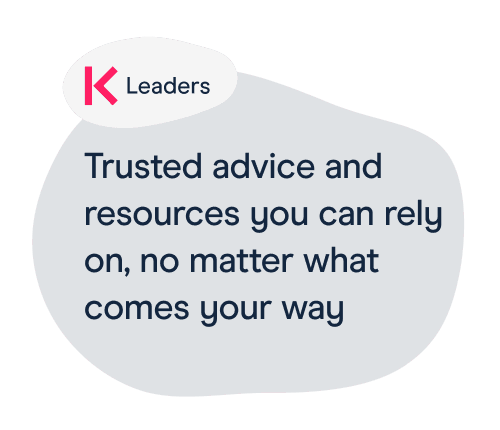How to use these lists
Read as many of these books as you can, and share the lists with your staff too.
This reading should help your team to:
- Develop an understanding of concepts like racism, anti-racism, white privilege, and unconscious bias
- Reflect on how these concepts impact your school community (staff, pupils and families), your curriculum, and the society we live in
- Reflect on what you're doing already in your school, and where you can do better
Some of this reading will present opposing views, but it should support you in thinking about these issues and considering different perspectives.
These books should help you and your staff to lead whole-school discussions about racism and whiteness. It'll also be particularly helpful for the staff involved in reviewing your curriculum to make it more inclusive.
If you're looking to improve diversity in children’s books, we have book lists here.
You might not have time to read

